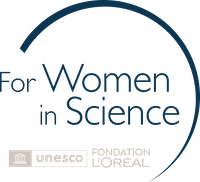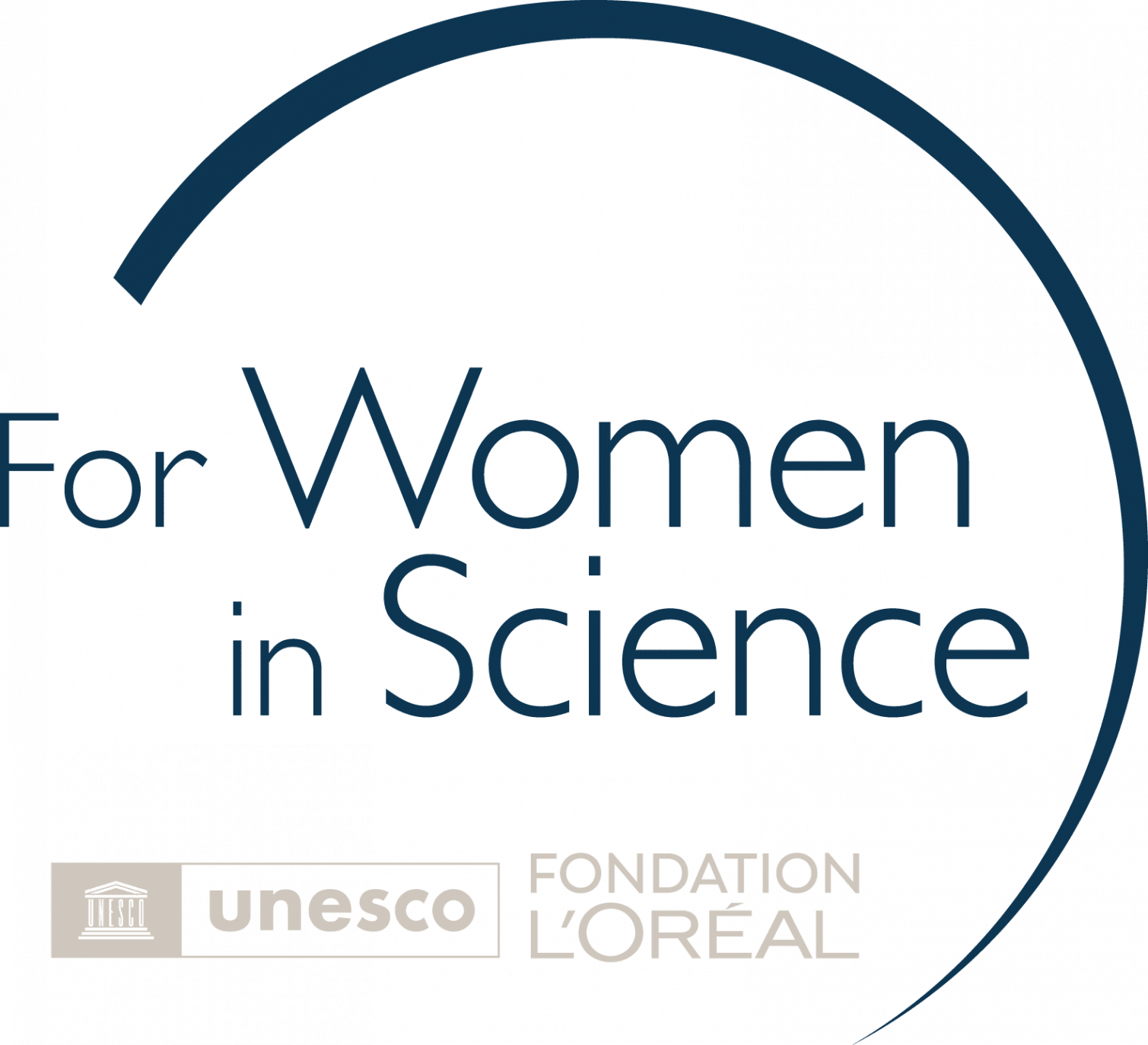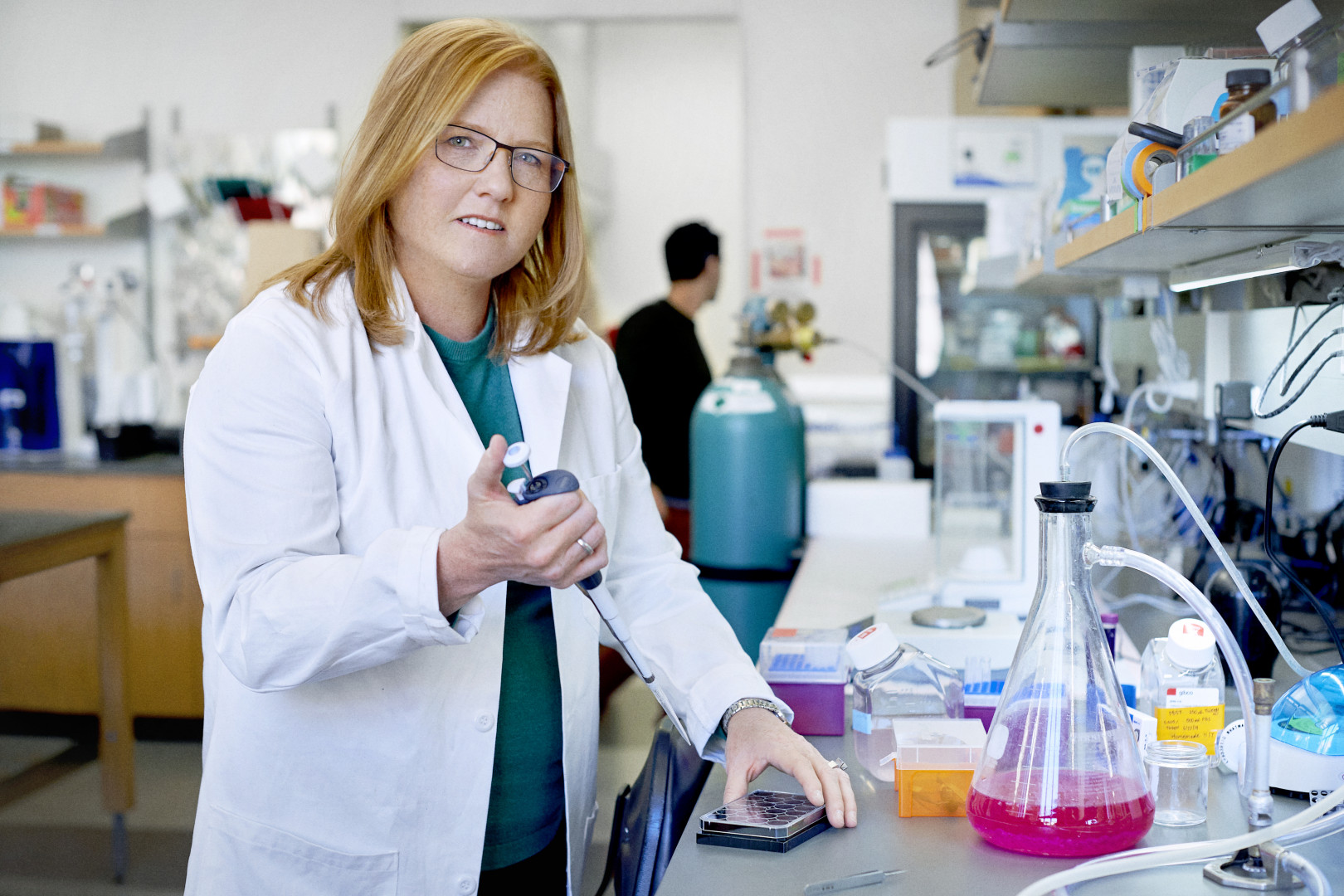Distinguished Professor, Tisone Professor and Associate Professor of Surgery at the University of Colorado, Boulder, United States
One of the United States’ most distinguished engineers, Professor Kristi Anseth is leading the way in fusing engineering with biology to develop responsive biomaterials to stimulate tissue regeneration and drug delivery. She and her team are exploring materials and approaches to help regenerate cartilage, encourage bones to heal faster, and deepen understanding of cardiac disease. Beyond the laboratory, Prof. Anseth has also co-founded a business to produce materials that promote wound healing. In the future, she envisions engineering miniature organoids or complex tissues to further illuminate complex diseases and discover new treatment pathways. Her ultimate scientific dream is to alleviate, or even eliminate, the debilitating effects of ageing.
“We’re increasingly optimising the design of biomaterials to direct healing, target cells or release drugs on demand,” she explains. “I hope that some of the biomaterials we’re developing will lead to better medical products that not only improve quality of life, but save people’s lives.”
Passionate about leveraging her engineering skills to impact human health, Prof. Anseth has made a profound contribution to advancing biomaterials by operating at the interface of cell biology, chemical engineering and medicine. Her work has reinforced the value of multi-disciplinary research in solving societal challenges, and seen her become one of few engineers to be elected to all three US National Academies of Engineering, Medicine, and Sciences.
Through her early research, Prof. Anseth used hydrogels to grow human tissues, cultivating and observing cells in these gels to help engineer biomaterials that can optimise the delivery and efficacy of a medicine within the body. Formed primarily of water, hydrogels are highly compatible with human bodies, non-toxic and offer a similar flexibility to our own natural tissues, enabling the body to better accept medicine ‘hidden’ within the gel.
She recalls an early moment of enlightenment when she began using light microscopy to explore cells in 3D biomaterials and track their functions in real time. “I was struck by the unique opportunity to develop chemistries that could be conducted in the presence of living cells,” she says. Today, she and her team harness a wide range of light wavelengths to create and modify their materials in 4D. “It’s amazing and insightful to watch how cells respond to changes in the surrounding biomaterials scaffold [a support made of hydrogel]. This helps us design better biomaterials to interface in the body.”
In the context of tissue regeneration, a patient’s cells are fused together with a hydrogel support. As the cells multiply, they can be manipulated to form different types of tissues (from skin to bones to muscle or cartilage), before being placed at a precise point in the body. In 2003, Prof. Anseth and her team were the first to use light-activated chemistry to engineer an injectable, biodegradable material that could regenerate cartilage.
Her work in developing photopolymers (hydrogels that are sensitive to light) has been instrumental in creating biomaterials with properties that can be changed on demand (so that they degrade or soften, for example), as tissues begin to regenerate naturally. It is also revealing new ways to help tissues heal more rapidly.
Prof. Anseth’s pioneering journey has its roots in the “collaborative spirit” of the western United States, with its rich history of intrepid explorers, prospectors and frontier families in search of a brighter life. Descended from a family of Scandinavian settlers, she learnt the value of “hard work and education” from her grandparents and great grandmother, who homesteaded as a single woman in North Dakota in the early 20th century. It was here that Prof. Anseth witnessed the solar eclipse that first made her wonder at the universe. “I have vivid memories of that moment”, she recalls. “It was amazing to have a front row seat… I was fascinated by the universe around me.”
Inspired by a school chemistry teacher to pursue science, and mentored by a university professor whose faith in her abilities strengthened her resolve to specialise in bioengineering, Prof. Anseth is convinced of the power of mentorship. She has a deep commitment to supporting the more than 300 students in her laboratory, more than half of whom are women, well above the 20% national average for engineering students. And she sees a key role for scientists in encouraging more girls to study science in the United States, particularly by highlighting its positive impacts in society. Popular culture, too, should raise awareness of leading women scientists, she believes, celebrating women such as her colleague Frances Arnold, the first US woman to win a Nobel Prize for Chemistry, and Margaret Hutchison Rousseau, the first woman to receive a PhD in chemical engineering.
“When asked to name a scientist or engineer, my goal is that any child or adult would first name and visualise a successful young woman,” she says.
As a woman in science, Prof. Anseth was initially hesitant to pursue leadership positions, conscious of the perceived need to prove herself, regardless of her many awards and accolades. Despite this, she encountered relatively few obstacles as she rose through the ranks, and felt supported along the way by a “great network of friends and advocates”.
With multiple studies confirming that diversity catalyses major discoveries, new ideas and superior solutions, Prof. Anseth is determined that there should be “a concerted effort to recruit, encourage, and assist women and underrepresented individuals to pursue careers in science and engineering.” Importantly, empowering more women scientists to become leaders will help to ensure a more balanced approach to defining the value of research and advancing science that benefits men and women.
“Women are talented, brilliant, and exceptional community builders,” she says. “They’re open to creative ideas, respectful, bold and decisive, quick to ensure that the right people receive recognition, and committed to purpose-led research. I look forward to playing a more visible role in advocating for the next generation of women scientists, and helping to ensure that girls see no limits to their future in science.”
Source: L'Oréal-UNESCO For Women in Science Intrnational Awards - 2020 Press kit

Image gallery1
Comments0
Please log in to see or add a comment
Suggested Articles



